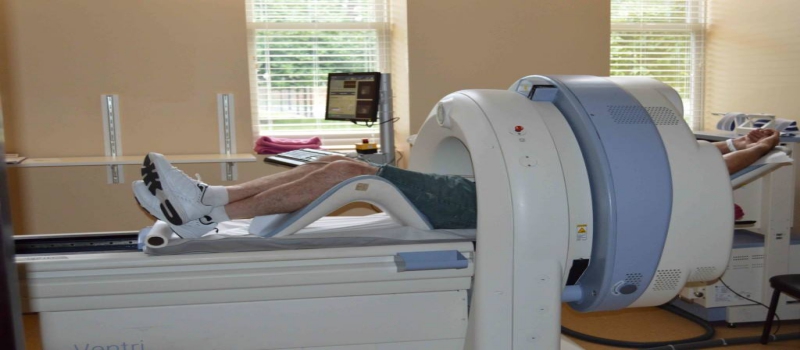Positron emission tomography (PET) is the latest imaging technology for assessing your tissues and organs functioning at the cellular level. PET CT of Miami recognizes the changes at the cellular level, to find the early onset of disease before it’s detectable on other imaging tests.
It comprises of radiotracers, a special camera, and a computer to evaluate your organs and tissue function. It starts with the injection of a short-acting radioactive substance, called radiotracer that is soaked by biologically active cells. After that, the person is placed in a tunnel-like device which detects and translates the emitted radiation into three-dimensional images.
The images help in recognizing the abnormalities in the metabolism of a cell and tissues in the human body. The PET scan diagnoses and assesses the brutality of a wide range of diseases that can take place in the body. Various serious diseases such as cancer, heart disease, and disorders of the brain can be detected from the initial stages with the help of diagnostic imaging Miami.
Purpose of test
Positron emission tomography has many diagnostic applications but is generally done when the doctor either suspects cancer or want to know how much cancer has spread. Adding to this, it is used to evaluate the status of the patient’s heart before the bypass surgery, when other imaging tests are inadequate. It is always done when Alzheimer’s disease is suspected or to see the status of the brain while treating refractory seizures.
Moreover, it is used to see the extent of damage done after the heart stroke or stroke to seek the proper treatment. It is also used to monitor the response of your body to various cardiovascular, neurological, or cancer treatments, aiding in making the treatment more safe and swift.
Risks Involved In PET
A PET scan poses few risks and is a painless diagnostic medical imaging procedure because the quantity of radiotracer used while imaging is so less that there is no need to follow standard radiation precautions. The radiotracer is glucose with a radioactive isotope attached, whose drug half-life is enormously short. In most cases, the radiotracer is in and out of your system within a day.
The injection causes localized pain and swelling and at times allergic reactions. The most significant risk in a few cases is claustrophobia; you should inform your doctor about this before as being placed inside the tube-like device makes people nervous. In some extreme cases, the doctor may prescribe a mild sedative, to help reduce anxiety during PET.






